.....Read More
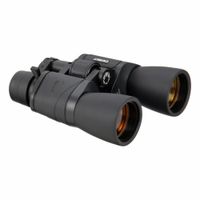
Binoculars, Scopes, Thermal Imaging & Night Vision Devices
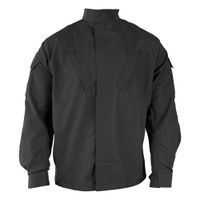
Clothing & Protective Equipment for Military, EMS & Law Enforcement
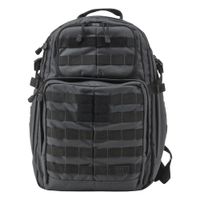
Duty Gear, Holsters & Tactical Backpacks
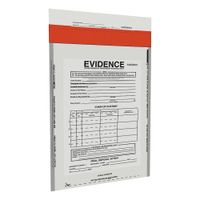
Evidence Management & Forensics Equipment
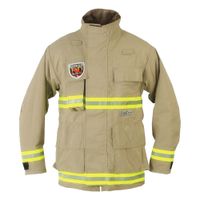
Firefighting Clothing & Rescue Equipment
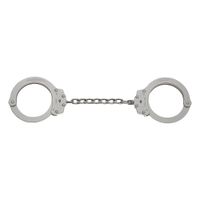
Law Enforcement & Public Security Protective Equipment

Weapon Storage, Maintenance & Shooting Targets
Frequently Asked Questions
What are the essential clothing and protective equipment items for military personnel?
What types of uniforms are used by emergency medical services (EMS)?
How do law enforcement officers choose the right duty gear and holsters?
What are the benefits of tactical backpacks for military and law enforcement?
How do binoculars, scopes, and thermal imaging devices assist in military operations?
What protective equipment is necessary for law enforcement and public security?
How is evidence management equipment used in crime scene investigations?
What are the best practices for weapon storage and maintenance?
What types of firefighting clothing are essential for firefighter safety?
How do rescue equipment and tools aid in extrication operations?